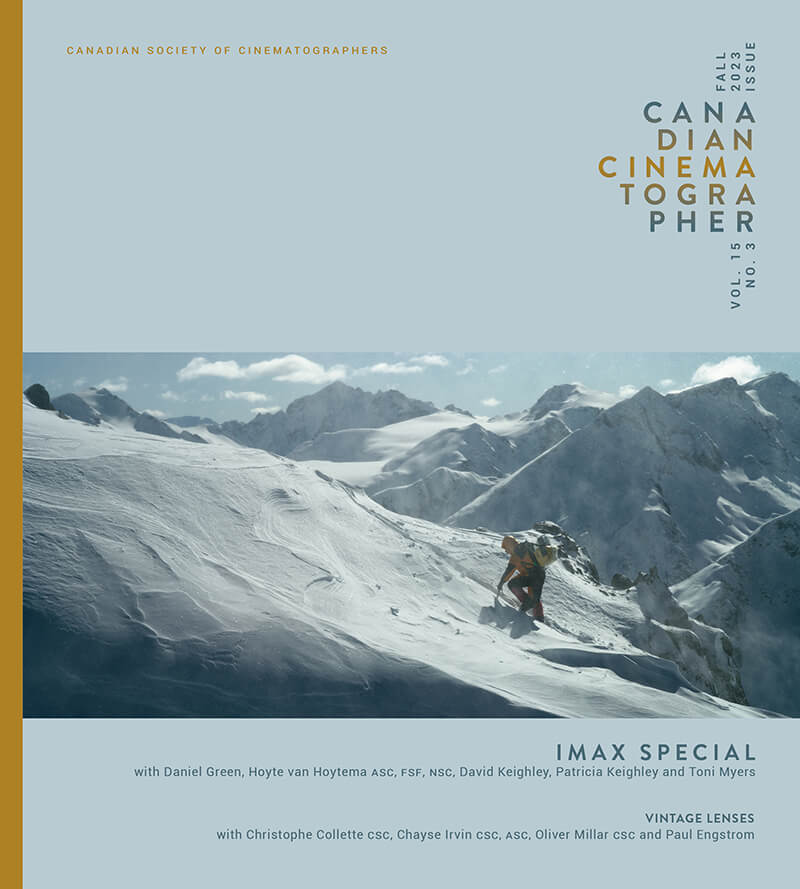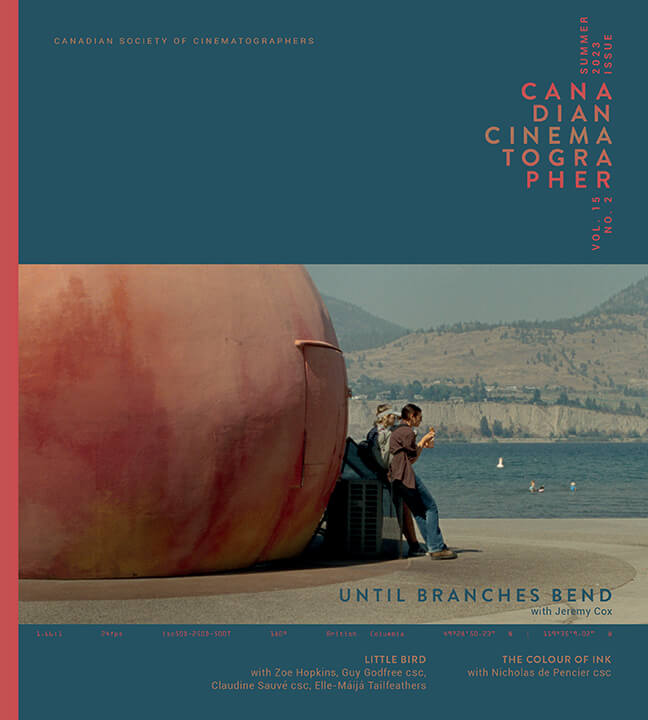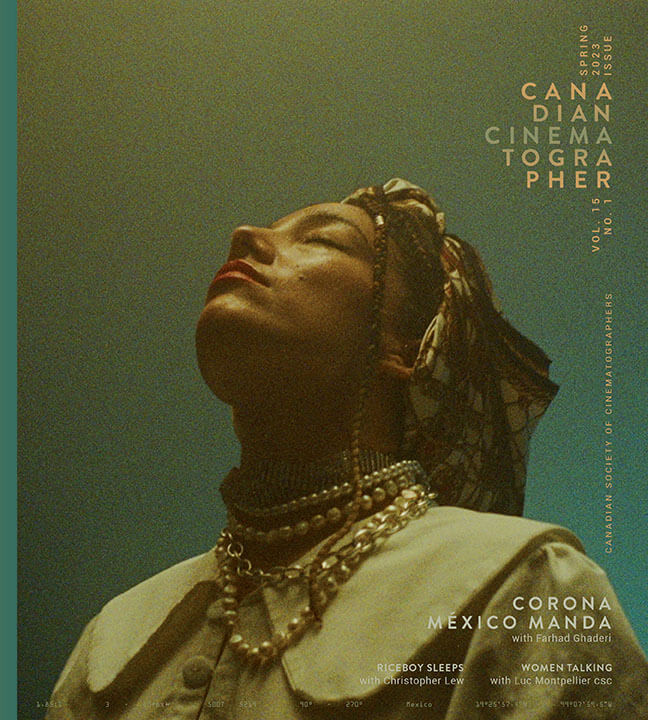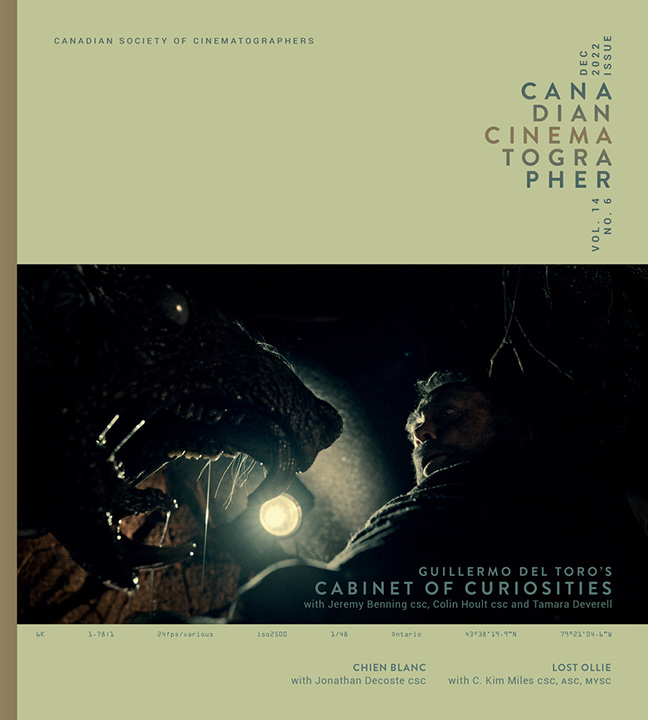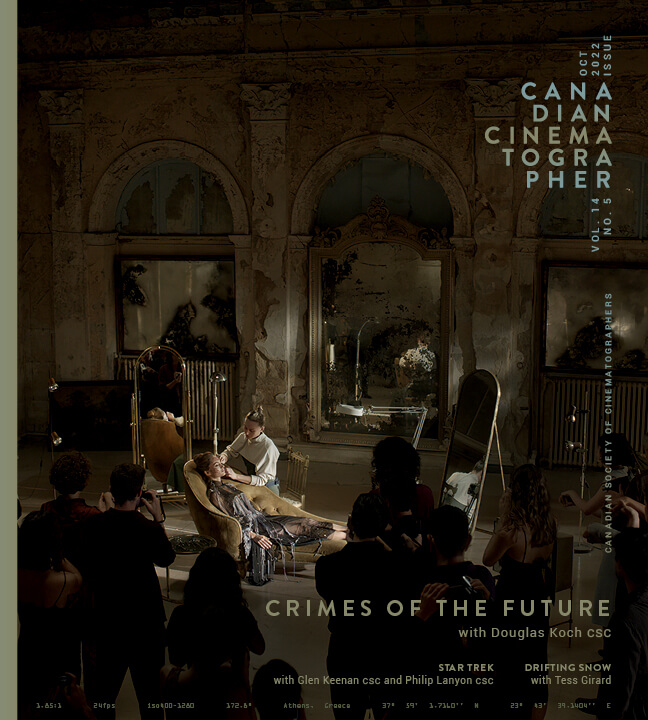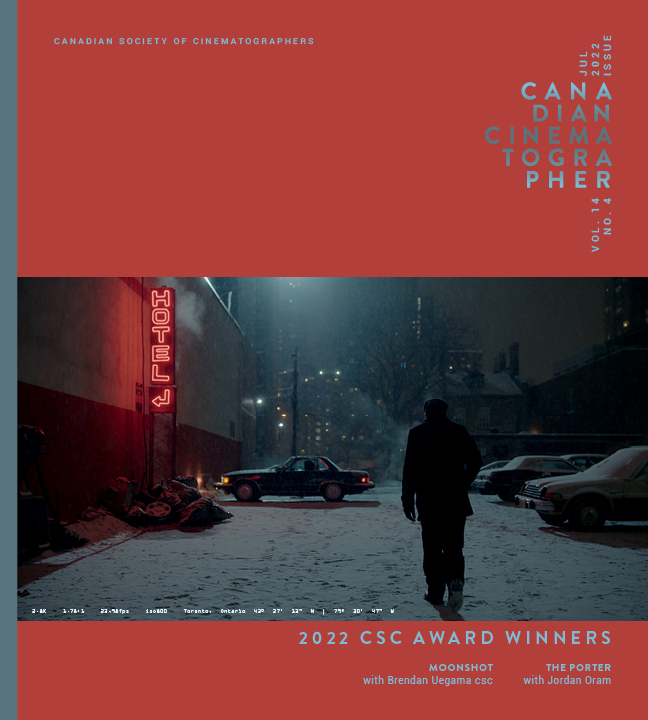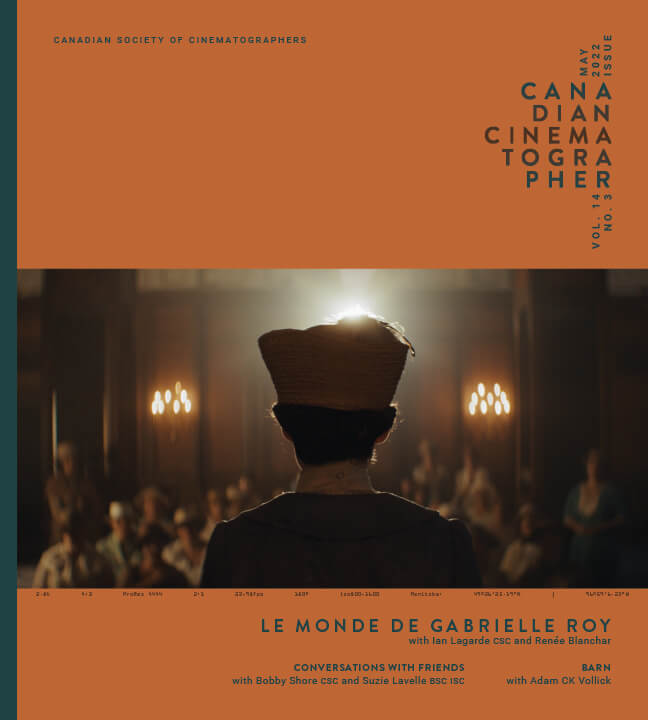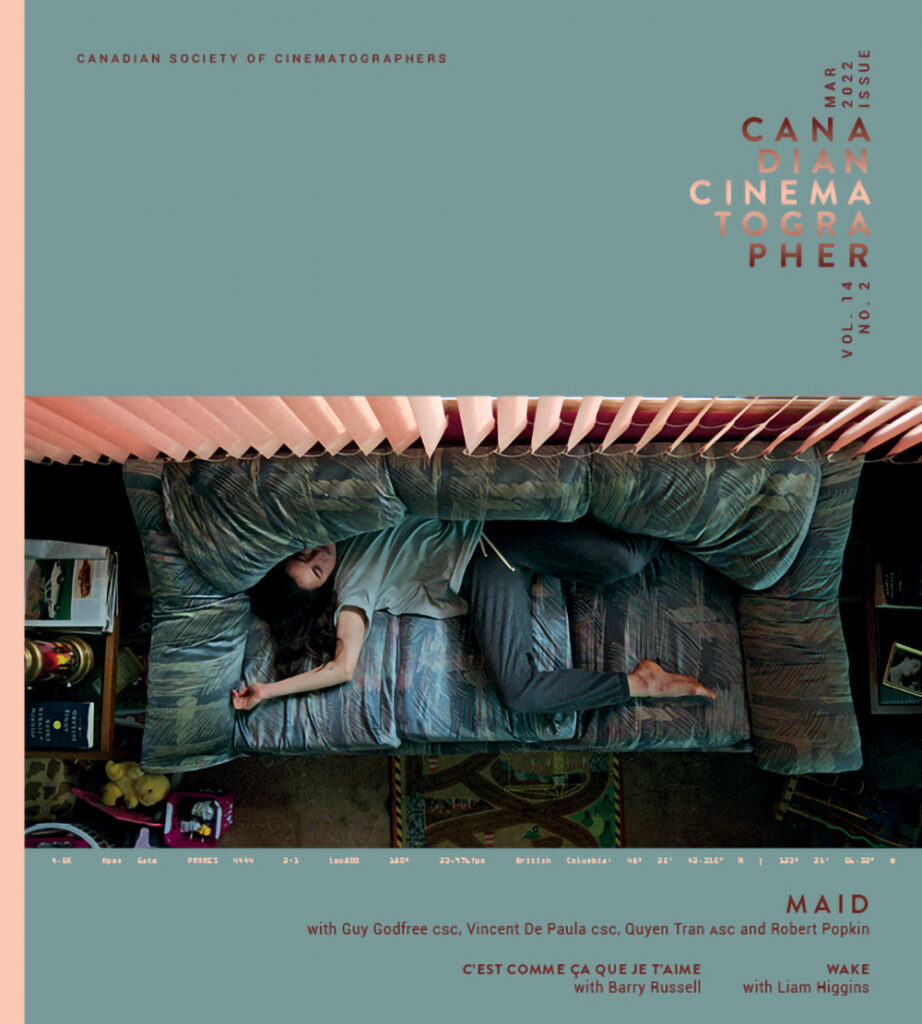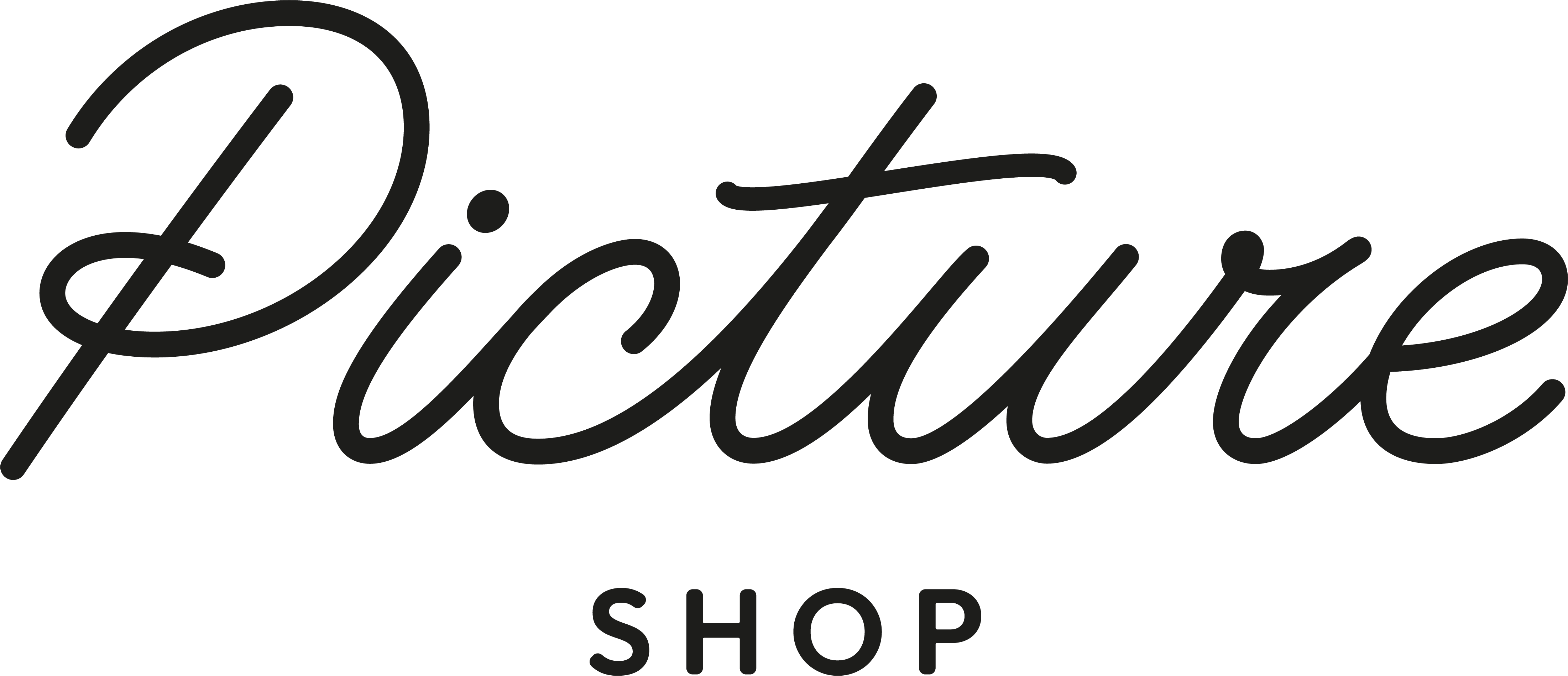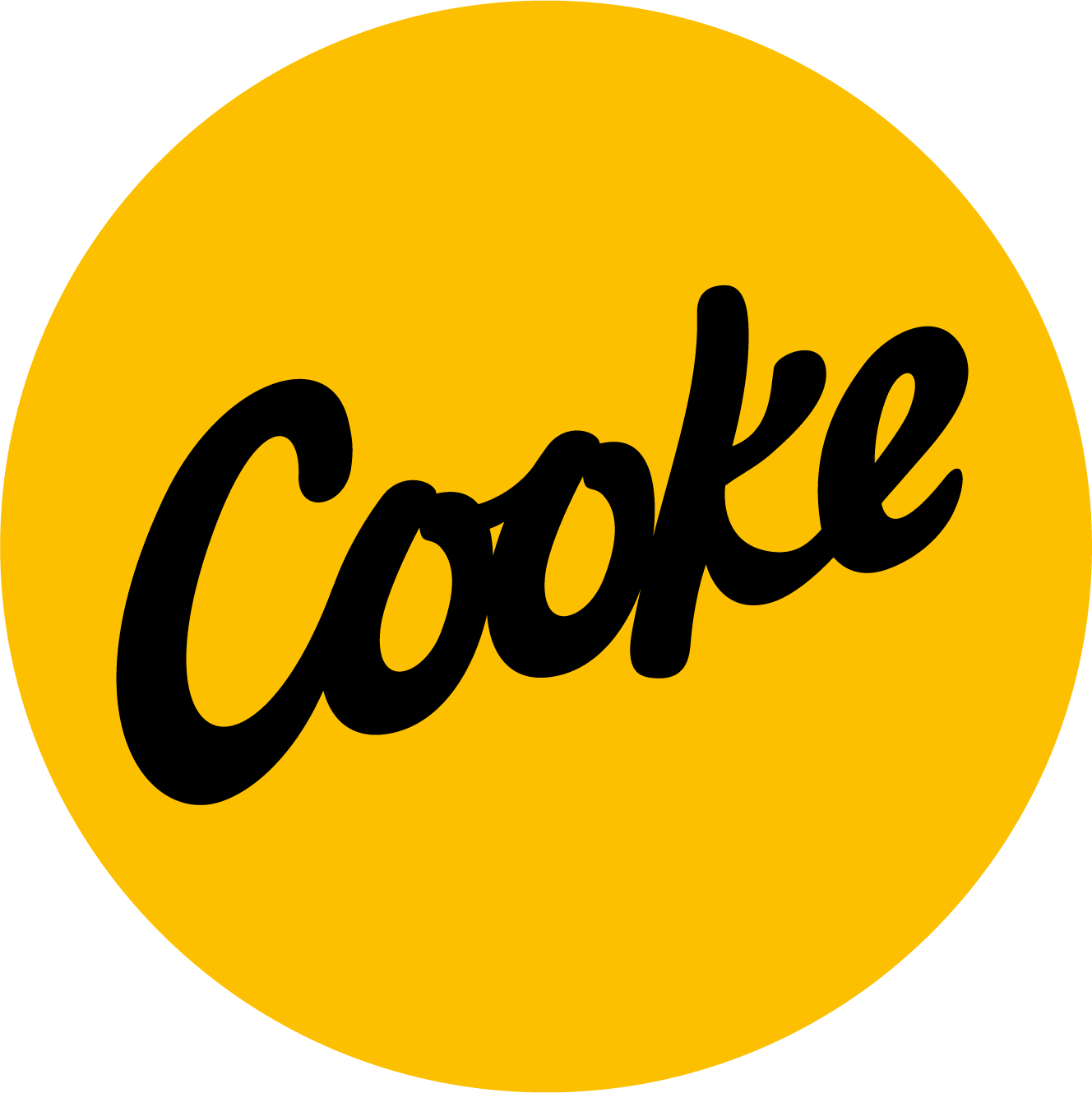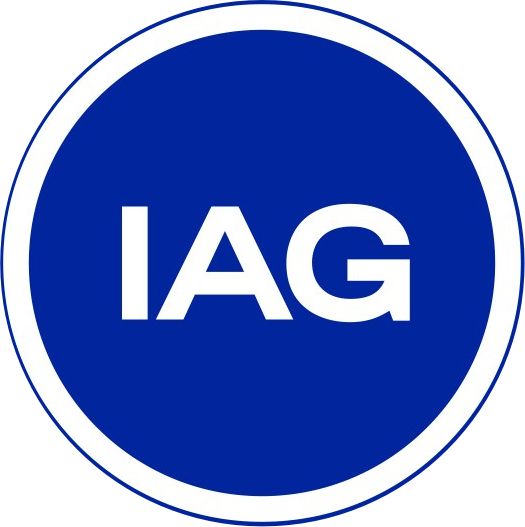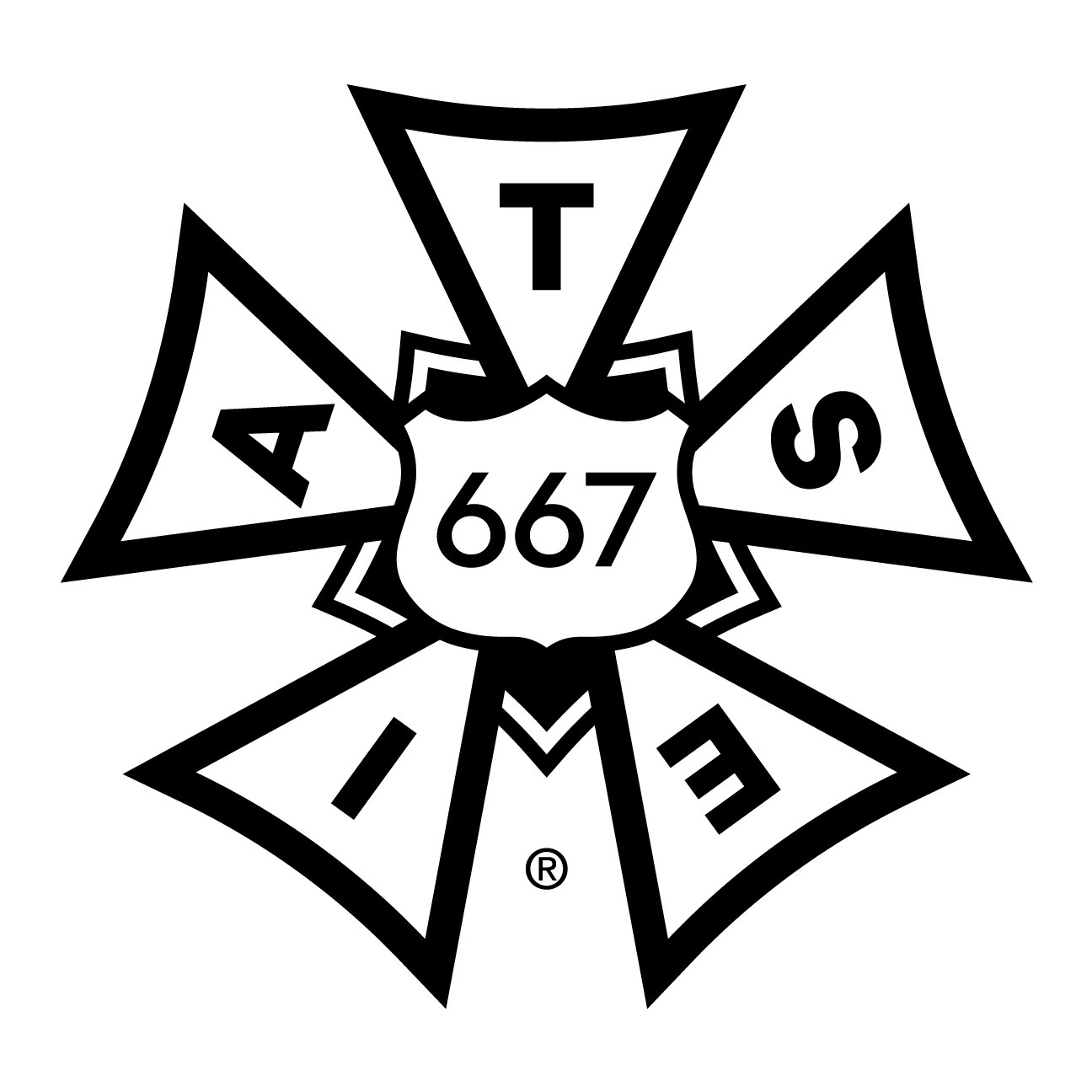
Fostering
Cinematography in Canada Since 1957
The CSC has grown with the country’s film and television industry, and continues to uphold the objectives for which the not-for-profit organization was founded.
CALENDAR | 2025 AWARDS | SUBSCRIBE
Latest News & Events
-
Congratulations to the newly accredited CSC member.
Find Out More -
Congratulations to the newly accredited CSC member.
Find Out More -
We’re thrilled to announce the 2025 CSC Awards Nominees.
Find Out More
Scheduled Workshops
The CSC is committed to improving access to opportunity in the film and television industry as well as professional development in the form of workshops, our internship program and the Field of View Mentorship program.
Follow us on Instagram
#ianvatcher #AssociateMemberCSC @ianvatcher
Well, that flew by! Huge thanks to @416cw for the invite. It was a real pleasure to revisit old photos, reflect on past projects, and share some glimpses of what I’ve been up to lately. It brought back so many great memories and reminded me how important it is to enjoy the process, learn new things everyday, and have fun with everyone while you’re in the thick of creating.
I’m incredibly grateful to be part of the CSC community—such a generous and inspiring group of talented creators. And thank you to everyone who followed along, liked, commented, or reached out. It’s been a blast. Over and out. — IV

#IanVatcher #AssociateMemberCSC @ianvatcher
Incredibly honoured to be asked to act as the cinematographer for the @cbc series @saintpierretv. Huge gratitude to @allanhawco, @thejaninesquires, @robinalordstafford, @erinsullivan1977 and @jawnyvee for trusting me to help create the look of the show.
Thrilled to have worked closely with @tjscottpictures, our pilot director and longtime creative co-conspirator. We’ve worked together for years, and it was a blast diving into visual references, sharing everything we love about cop partner shows and figuring out how to weave that into Saint Pierre. As a deeply visual filmmaker, TJ brought sharp instincts to our tone-setting collaboration.
This post is mostly an ode to one of my favourite lights—and our most-used fixture on Saint Pierre: the @molerichardson MoleBeam. It’s big, old, shiny, and throws a stunning, sculptural beam.
Last season, we ran four full-time on our interior Bullpen set. From the beginning, the visual goal was to channel French island sunlight. To bring that warm, golden glow into our NL interiors, we brought out the big guns and let the “sun” bounce through the space.
I’ve always loved lighting from the outside in, big sources through windows, practicals for motivation, and soft sources inside to shape faces. The MoleBeam fits this perfectly.
A favourite use was in the pilot: tying an interior St. John’s church to an exterior Île-aux-Marins location. TJ brilliantly suggested rigging canvas to hide anything that didn’t feel like Saint Pierre. I placed a 5K HMI MoleBeam behind the canvas and fired it into a 4x4 mirror. Key grip @iaaaaaan added squares of our show gel palette—Storaro Yellow, Medium Green Blue, Deep Red, Cyan 60 to mimic stained glass. We enhanced the look with Creamsource Vortexes and Pixel Bricks in warm accent yellow.
MoleBeams are one-of-a-kind, but modern LEDs have come far. In Season 2, @andrewfbest swapped our road HMI Moles for @nanlux_global 2400s with parabeam attachments. They’re Kelvin-tunable, match beautifully with tungsten, and run on house power.
I feel incredibly lucky to work with such a talented cast and crew, it’s a privilege to help bring this show to life.

#IanVatcher #AssociateMemberCSC @ianvatcher
Hudson & Rex – Episode 609 “Hudson and Son”
Directed by @elsbethmc
As I look back on my time with @hudsonandrex, I’m filled with gratitude. Over six seasons, I had the chance to collaborate with some of the country’s top creative talent—forming friendships, learning, and growing as a cinematographer.
Episode 609, “Hudson and Son,” was easily one of the most rewarding to lens. Not only for the scope and ambition of the work, but because I got to do it alongside director @elsbethmc (who also happens to be my partner). Watching her lead with such clarity, pace, and vision, and seeing the crew rise to support that, was truly special.
So many incredibly talented crew involved in this. The technical team crushed it.
Operator @thechurchmouse brought his signature energy and movement.
@glennwarnerphoto (also our 2nd unit DP) captured beautiful closeups and set up a stunning Giraffe crane opener with @dollybax with ease. Focus Pullers Jay Hamel and Steph Toonders kept us razor sharp. Ben Price and Brandan Reid kept the camera team movin’ and efficient.
Huge respect to producer @geojeffery for trusting us and 1st AD @bingram17 on one of the biggest shoot days we had. It was a beast of a schedule, but solid teamwork made it seamless.
Working with @johnny_reardon_ was another highlight, he and Elsbeth found a rhythm quickly and intuitively.
Sherri Davis @brbk9 and @viicmanson were total pro as usual. Coming up with some incredible dog action on the fly.
Major props to @glenclandry and his team!
One major challenge was lighting three separate sets on location near an active shipping yard. We only had one lift position for night work, so we parked an 18K in the yard and softened it with Hollywood quiet frost to keep the punch without harshness.
To create a warm nightlife tone, we layered accent cool colours and used two 4x8 LiteTiles fired through magic cloth and white duvateen to make a large, soft, warm key—especially in the bullpen and standing sets. I’m really proud of how that came together visually.
Some media including the big day/night in question as well as other fond moments from my time at H&R

#ianvatcher #AssociateMember @ianvatcher
Hudson & Rex was an unforgettable experience for me, lensing 85 episodes over six seasons, and a cast and crew that felt like family. I began as A-cam op, brought on by the late exec producer Paul Pope (who I’d previously worked with on Frontier and Little Dog). Paul eventually gave me the chance to step into the DP role. I learned a lot from Paul as so many of us in the industry here in NL have, and very much miss his presence on and off set. I wouldn’t be where I am today without his trust and his guidance.
Season 1 was masterfully lensed by @reizesstephen CSC, I had a great time operating for, collaborating with, and learning from him. When Stephen passed the torch, “Man of Consequence” was the first full Rex episode I did as DP. On this ep, and through the next 6 seasons, I developed a close creative partnership with pilot director @fliproddz, who pushed the show’s visual and technical boundaries to new heights every episode in the best way.
Working with incredible cast @johnny_reardon_ @maykonguyen @thekevinhanchard @justinckelly125 was a true highlight. Their energy and presence brought the best out of everyone. And of course, none of it would have been possible without the magic of the amazing dog team @brbk9 (Sherri Davis), @viicmanson, and the always-impressive Diesel (Rex).
My first episode as main unit DP followed a cat burglar walking into a trap. We needed a “lights out” feel in the house; while still seeing Rex move through the shadows.
For this challenge, to simulate moonlight without access to, or room for big lifts outside, I adapted a technique I watched @fraserbrown CSC use previously. I placed Litesticks with custom foamcore strip grids (built by our 3rd grip @liamsmallcomedy ) directly above the interior window frames as to simulate moonlight streaming in. We lit sheer curtains with KINO 850s to sell the illusion of exterior moonlight, and filled the space with heavy atmosphere. To gently fill the burglar’s face when she used a flashlight, we mounted white showcard around the Ronin matte box, which gave nice return fill.
More posts from my time at @hudsonandrex to come.
@shaftesburytv @city_tv

#IanVatcher, #AssociateMemberCSC @ianvatcher
Just a quick post today from onset of @saintpierretv . This is standard practise and familiar to many, but hopefully useful to aspiring DPs or anyone curious about on-set workflow and tools. Today: light metering, exposure, and monitoring levels.
David Herrington CSC taught me early on to trust your eye. I watched him scan a set, know exactly how he wanted to light, then dial things in intuitively. His meter always came out as a final check. If he said, “I’m grabbing my meter,” we knew we were close to rolling. That method stuck with me. He also stressed training your eye to a base EI. On @hudsonandrex I got pretty good at lighting quickly to 800/1000 by eye. These days, I just adjust depending on the sensor and base I’m working with.
That said, I still rely on a meter to double-check final exposure. My EDC is the Pentax Spotmeter VI, which allows manual filter input and works beautifully with EL Zone. For incident readings, I use the @sekonicglobal L-858, which can also calculate filter combos. I carry a Minolta Spotmeter F as backup—it lacks filter calcs but is dead accurate and perfect for studio.
I’ve long paired meters with False Colour, especially when pulling iris under shifting conditions. As I’ve done more TV, I’ve leaned into monitor tools to keep pace with changing environments. I used to rely on Blackmagic’s Video Assist for false colour, but I’ve since switched to @edlachman ASC’s EL Zone on @smallhd . Unlike standard IRE-based false colour, EL Zone maps directly to stops, aligning perfectly with the zones I’m used to on the Pentax.
DIT and co-pilot @ae_dit and I use this system heavily at the monitors. Below are stills from @saintpierretv showing the EL Zone system in action and how I’m using it to expose the show.

#IanVatcher #AssociateMember @ianvatcher
G. Patrick Condon’s Incredible Violence
A dark comedy/satire and psychological thriller, follows a desperate filmmaker who, out of money, begins killing his cast to finish his film. Blurring fiction and reality, it’s a twisted commentary on the extremes of low-budget filmmaking.
Shot in summer 2017 on a micro-budget as part of Telefilm’s Talent to Watch program, the film was ambitious, clever and unconventional—hallmarks of director G. Patrick Condon, with whom I’d previously collaborated.
To visually separate the two layers—the “real world” and the film within—I proposed different formats: anamorphic for one, spherical for the other. We used Clairmont-rehoused Kowa anamorphics for their unique bokeh and off-kilter feel, and vintage Zeiss Super Speeds (mostly the 25mm) for the spherical world, embracing their imperfections. An older Angenieux 25–250 was picked for how wonderfully “de-tuned” it was.
Schneider Hollywood Black Magic filters were used throughout, with Mitchell B Diffusion added for a classic Hollywood-style monologue scene.
A recurring fever-dream cable-access show was designed to feel like a worn-out VHS tape. We shot it on Alexa, dubbed it to Beta, then re-recorded it five times before transferring it digitally—achieving the analog degradation Pat was after.
@2ndshutter came onboard as gaffer and brought his wit and brilliance. Together we coined a specific night gel color sandwich (Conrad Blue): medium blue, CTS strips, and ¼ green through HMI—a chilling, vintage 70s horror look.
Key grip @thecurchmouse also doubled as camera op on many of the scenes. We’re incredibly lucky to have him as our A Cam Op on Saint Pierre.
With an all-star cast and A-team crew, the two-week shoot was unforgettable. The line between film and reality blurred fast. The film was invited to Frontières at Cannes and later featured at Sitges festival to rave reviews.

#IanVatcher, #AssociateMemberCSC @ianvatcher
One of the best parts of this Instagram takeover is digging into the archives!
Back in 2014, I had the honour of lensing Sadie — a haunting, intimate short directed by the brilliant latonia_hart as part of the NIFCO Picture Start program. This initiative continues to be such a vital part of Newfoundland’s film community, supporting emerging directors, writers, and producers. Nowadays, I jump at the chance to act as a mentor for this program whenever possible.
Written by @emmybridger, and produced by @deanne.foley Sadie follows a rural nurse who becomes entangled in the tragic past of a young patient. Beautifully performed, it’s a story that stays with you.
We had a small but mighty crew, and working with Joanne Kelly and Emily Corcoran was an absolute gift — intuitive, powerful performers who brought real emotional depth to the screen. Des Walsh as always was brilliant.
We faced technical challenges due to the modest budget — including night scenes on the original RED Epic MX with only a handful of tungsten fixtures, and one 1200 HMI. DIT Aaron Elliott and I ran a number of sensor tests, and ultimately chose to shoot tungsten balanced with an 80C conversion filter to boost the blue channel, giving us a richer negative and a lot more flexibility in the grade while reducing colour noise.
This project was a true testament to the value of the Picture Start program. So many of the crew have gone on to amazing careers. It was also such a gift to work with Latonia on this, a seasoned pro herself and a natural storyteller. She had a vision and knew how to execute it from start to finish. I’m very lucky to have lensed more projects with her at the helm since.
#redcamera #zeisssuperspeed #blackpromist #nifco

#IanVatcher, #AssociateMemberCSC @ianvatcher
Riverhead was shot in 2016 with a small but mighty crew and an incredible NL cast.
Producer Brad Gover called just as I wrapped operating on Frontier Season 1, asking if I’d take on a micro-budget feature. I jumped at the chance to lens my first feature film.
Written and Directed by the immensely talented @justinoakey the story follows a blood feud threatening to boil over in a tightly knit rural community.
It was my first time working with Oakey. I’d heard great things and was stoked to team up. From day one, we clicked. His style embraces fluidity, letting moments evolve naturally. It feels vérité-esque, dramatic, and always grounded in story. As both director and editor, he knew what he needed and was open to collaboration.
We shot handheld with minimal lighting to keep things raw and grounded. On a tight budget, we had to be smart. We shot on the newly released Sony FS7. Fellow DP @ninesteps and I had tested the camera in low light, so I knew it could deliver. I used Ultra Primes and sweetened them with 1/8 & 1/4 HBM filters.
Gaffer @andrewfbest and I built a lean, efficient lighting package: two Kino 401Qs, a Rotolight, two LiteMat S2s, and some LiteStix. The Kinos were key—we could color match to old sodium streetlights in the small towns we shot in (which we embraced for base exposure).
Key Grip Jay Andrews worked magic with a tight grip kit and got our car rigs up fast.
1st AC @jay.hamel pulled focus like a jazz musician. We’ve been working together for 20 years—we barely need to speak on set. He’s always a step ahead.
DIT @ae_dit built our on-set look to push the FS7’s limits—and did the final grade. A true collaborator start to finish.
📸 BTS: Brad Gover

